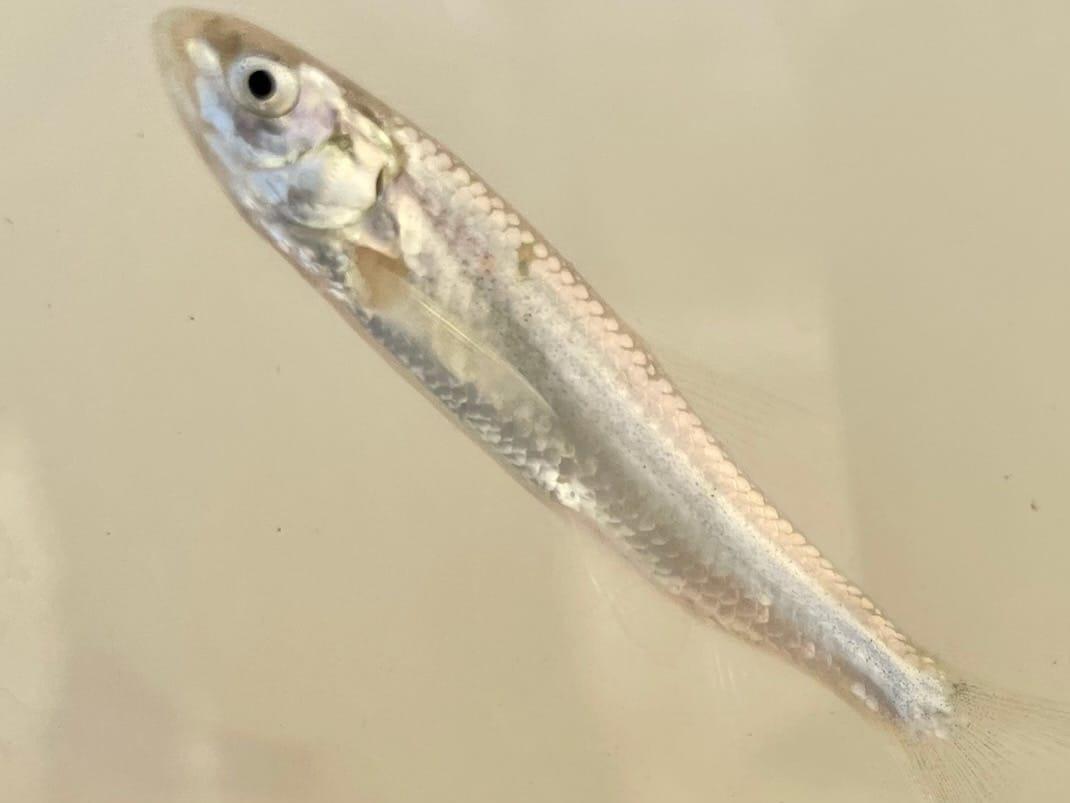Endangered minnow lawsuit settled after two years
The silvery minnow was declared endangered in 1994. It’s a boom-or-bust species but, while there have been a few good spawning years since 1994, there has been scant population growth.

The silvery minnow was declared endangered in 1994. It’s a boom-or-bust species but, while there have been a few good spawning years since 1994, there has been scant population growth.

Get the latest headlines right in your inbox